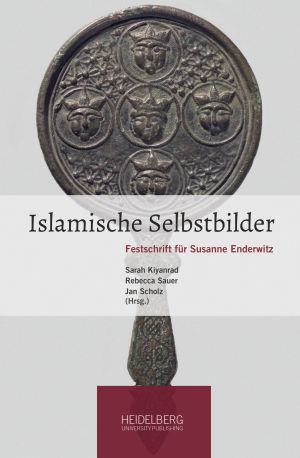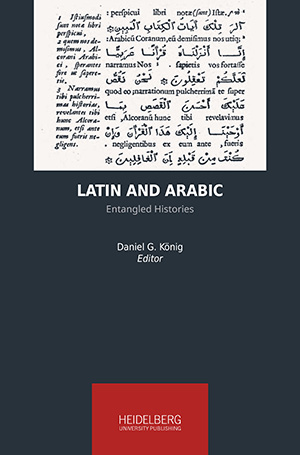Scholz, Jan
Religion and Aesthetic Experience: Drama—Sermons—Literature
Religious aesthetics have gained increasing importance over the past few years in the fields of Religious studies and Islamic studies. This volume highlights the transcultural dimensions of the theoretical foundations of religious aesthetics. It explores aesthetic experience in the religious field through a series of case studies. These include Islamic sermons from the Middle East and South Asia, Islamic religious chanting, a chapter of the Qurʾān, a German performance artist, Indian rasa theory, and Arabic and Bengali literature. Together, the authors demonstrate that the analysis of the aesthetic forms of religious mediation across regions and genres is a fruitful approach to transcultural studies.
Islamische Selbstbilder: Festschrift für Susanne Enderwitz
Going beyond the framework of a mere “Festschrift” in cumulative terms, this volume aims at contributing to recent discussions in the subject area of Middle Eastern studies focusing on individual and autobiographical voices discernible in pre-modern and contemporary Muslim societies. This approach reflects Prof Susanne Enderwitz’ seminal works on the topics of autobiography/autofiction and Islamicate expressions of identity. Among the contributors are Lale Behzadi, Michael Ursinus, Henning Sievert, Paula Schrode, Johannes Zimmermann, Ines Weinrich, and many others.
Latin and Arabic: Entangled Histories
As linguistic systems comprising a large variety of written and oral registers including derivate “languages” and “dialects,” Latin and Arabic have been of paramount importance for the history of the Euromediterranean since Antiquity. Moreover, due to their long-term function as languages of administration, intellectual activity, and religion, they are often regarded as cultural markers of Europe and the (Arabic-)Islamic sphere respectively. This volume explores the many dimensions and ramifications of Latin-Arabic entanglement both from macro-historical as well as from micro-historical perspectives. Visions of history marked by the binary opposition of “Islam” and “the West” tend to ignore these important facets of Euromediterranean entanglement, as do historical studies that explain complex transcultural processes without giving attention to their linguistic dimension.






